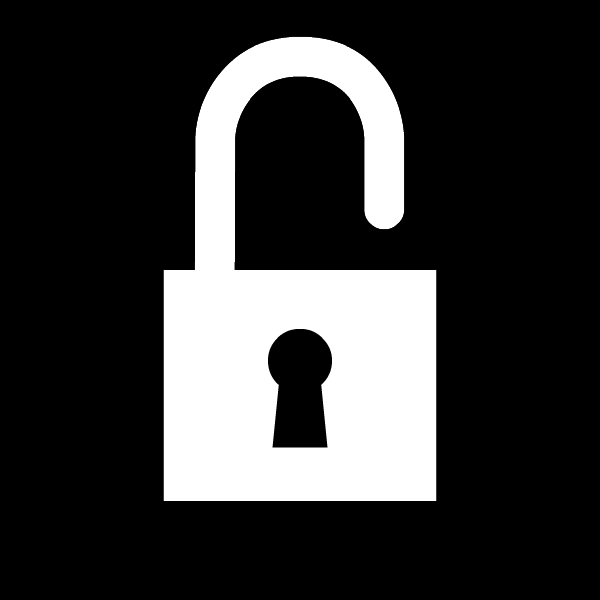15 - 05 - 2017
The SSL Certificate: how to secure websites

The SSL (Secure Sockets Layer) certificate is applied to websites to ensure their security and reliability by encrypting data and information exchanged over the Internet. It is natural to think that it is essential for an eCommerce site to have a good SSL certificate, to ensure that user credentials and sensitive data (such as credit card codes) are transferred in the most secure and private way possible, but even a simple contact form (such as the one on RAD's site) transfers information when a user decides to use it to contact us.
How to recognise if a site is protected by an SSL certificate?
Sites protected by an SSL certificate can be recognised because the HTTP protocol prefix changes to HTTPS (you can see this directly from the url of this site), and the latest versions of browsers will distinguish protected sites with a green padlock icon.
It should be noted well that, from version 56 of Google Chrome and later, the browser will flag a site without an SSL certificate as unsafe, with the possibility of sharing passwords and sensitive data: a major deterrent for a user.
Is the SSL certificate compulsory?
As of January 2017, practically yes! All eCommerce or sites with contact forms will have to have one. We at RAD recommend it regardless, as it is a major image advantage: would you ever go to a car dealership to test drive a car with a sign saying 'these cars are not safe'?
The SSL certificate influences the ranking of Google search results, regardless of whether we are dealing with an eCommerce or not, it is also a mandatory requirement for activating Google shopping campaigns.
Finally, from June 2017, PayPal will also oblige websites to have an SSL certificate in order to use its online transaction system.
- Strategy
- Branding
- Digital
- Content
View Project

![Parallax scrolling: how to make the UX more pleasant [case history].](https://admin.we-rad.com/storage/uploads/74e39ff8-095e-450b-8337-524e9741cfb0/parallax-scrolling.gif)